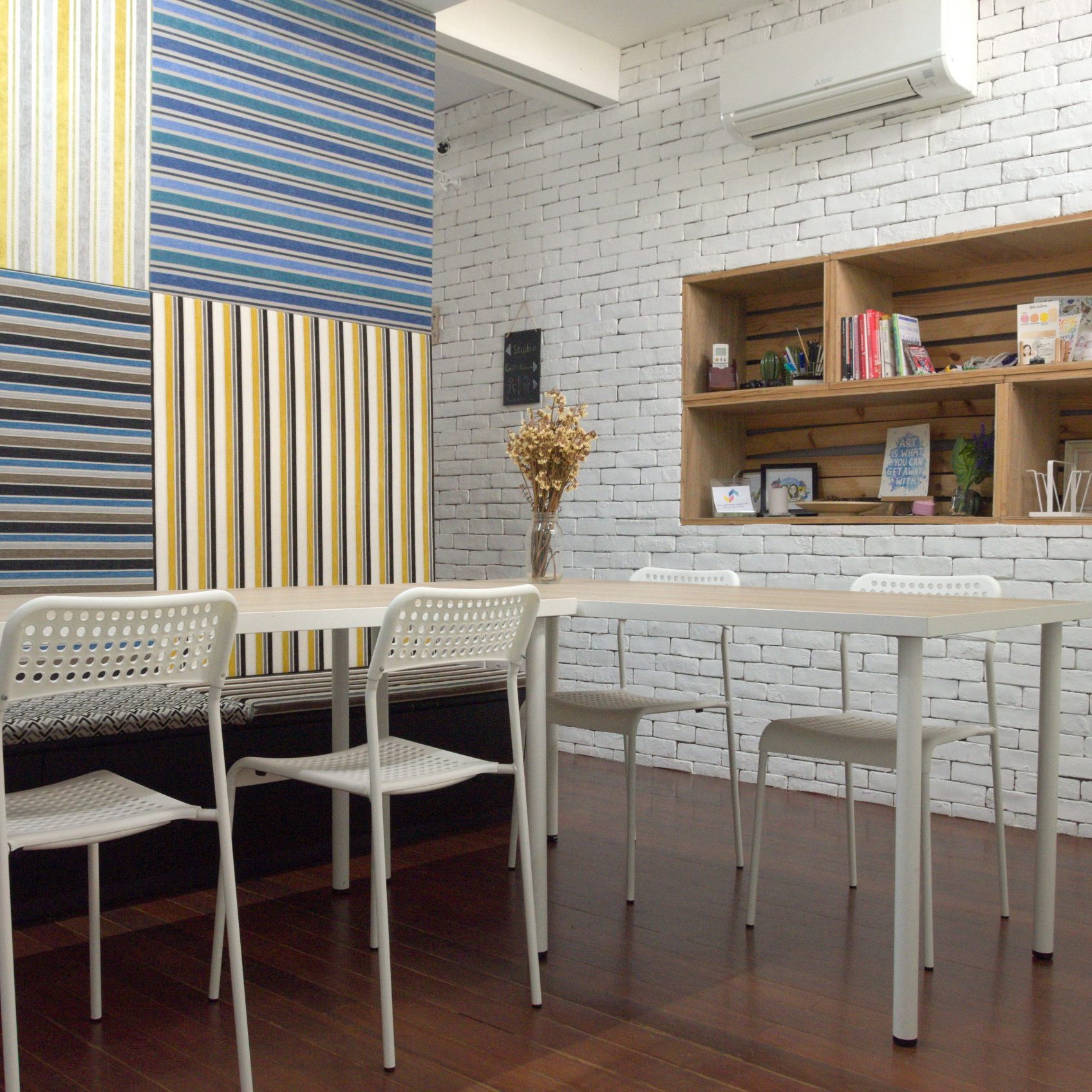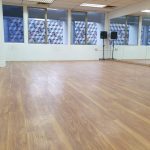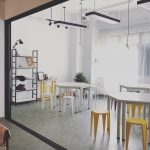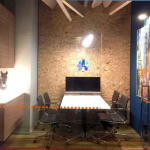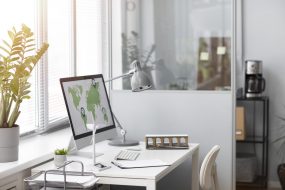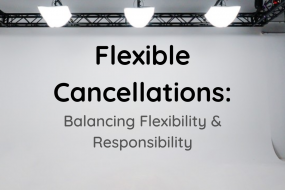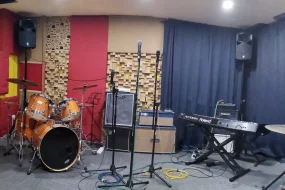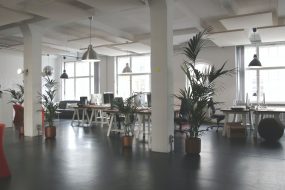
In the current economic uncertainty, it is not the wisest choice to sign a lease for an office or studio. Furthermore, a big portion of the people are working from home during this period – this leads to the space being underutilised.
Leasing an office comes with two costs – the upfront cost and hidden costs. Upfront costs are more visible and it includes renovation works, furniture & equipment purchases, and stamp duty. Hidden costs include the time needed to set up the workstations, cost of under-using a space, and property agent’s commission. Though these hidden costs might not seem like a huge amount individually, it can roll into a large sum when consolidated.
Upfront Costs
Not only do you need to pay the rental costs of your ideal location, you will have to factor in other upfront costs such as stamp duty, furniture, electricity setup, and agent’s commission.
#1 Stamp duty
As long as you are leasing an immovable property in Singapore, you will be required to pay stamp duty. For a lease period of 4 years or less, stamp duty will be at 0.4% of the total rent for the entire period. As for those that are leasing for more than 4 years, stamp duty will be 0.4% of the 4 times of the average annual rent for the lease period.
#2 Furniture and equipment
Leasing a property with the furniture and equipment included is the most ideal. However, it can be tough to find a property which fits the theme and style which you are looking for, in addition to a convenient location. If the location that you are planning to get does not include any furniture or equipment, you will have to get your own and it will set you back by a few thousands.
Another alternative to this is to move your furniture and equipment from your old office to the new one. Nonetheless, this will still incur another cost – furniture moving fees.
#3 Setting up of electricity
Leasing a location that is brand new would mean that you will have to get an electrician to set up the electricity and pull the wires for you. Depending on the services that are required, it can cost as little as $50 to install power sockets or $400 onwards to install the distribution board.
#4 Property agent commission
In the event where you engaged a property agent to search for a potential property, coordinate the viewings, negotiate with the landlord, and to do the necessary paperwork, you will be required to pay a sum of commission to the agent.
Each agent has a different commission rate, thus, be sure to check with them on their rates. Below are examples of the market rate for tenant’s agent commission.
Rent ≤ $3,500, 2-years lease period – 1 month of rent
Rent ≤ $3,500, 1-year lease period – 0.5 month of rent
There is no fixed commission rate and it is dependent on several factors as well. Some factors include the lease period, rental amount and the urgency of the tenant.
Hidden Costs
As most of us know, time is equivalent to money. Despite that, the cost of time is largely considered to be a hidden cost. Another hidden cost is the underutilisation of the space. Simply put, you are paying an additional sum of money for an area that you are not using.
#1 Time needed to set up the workstations
Setting up new workstations is not an easy feat. You will have to spend some time to plan the layout of the office while taking into consideration the location of power sockets, and creating the ideal environment for employees, etc.
#2 Underutilisation of space
By paying for additional spaces that you are not using is one of the major hidden costs that most people do not take into consideration. Though it is hard to predict how many people will be working in the office at one time, it is always better to plan to accommodate more than less. As such, this will often lead to the scenario of under-utilising the space (especially when most of us are working from home nowadays).
#3 Maintenance costs
The office will not clean itself; you will have to engage a cleaner to clean up your office every few days so that your employees do not fall sick. If the office area is huge, be prepared to set aside a bigger amount to pay for the cleaning services!
An Alternative: Workspace Rental
Though Singapore is moving towards Phase 3, it is still recommended for employers to allow their employees to work from home for at least 50% of their total working hours. However, this will lead to hidden cost #2, the underutilisation of space. Smaller group meetings are also encouraged as well to minimise any chances of the virus from spreading.
In order to minimise the hidden costs, especially the cost of underutilisation, the ideal way will be to rent a workspace or studio whenever needed instead of leasing it for a period of time (e.g. 2 years). These rental spaces are already fully set-up and equipped with the necessary equipment, hence you will not have to worry about upfront cost #2, the cost of furniture and equipment.
Furthermore, these spaces have a flexible rental hour. You can rent it whenever you need to hold a meeting with your team at an affordable rate.
Now that you know how to accurately calculate the costs of leasing an office, why not check out some tips on how you can save money as a small business owner in Singapore?




